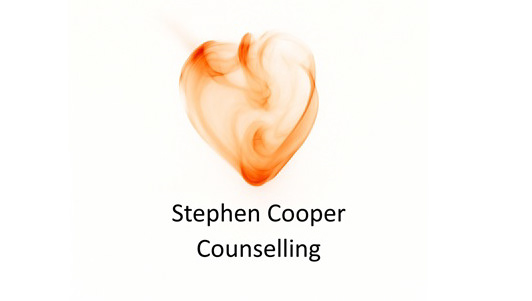Depression is usually a response to a traumatic event or situation, but trauma is not always necessary for depression to occur. Psychological, environmental, developmental, and genetic factors all contribute to the development of depression but their role can vary according to the type. The most common form of depression is Major Depressive Disorder (MDD), which is generally also the most severe and can overwhelm a person’s life. Persistent depressive disorder, also known as dysthymia, is a chronic depression similar to MDD which runs for two years or more but symptoms may sometimes be milder. This form of depression can appear to run in families. Psychotic depression includes hallucinations alongside the depression and may also induce paranoia and delusional thinking. Adverse events in childhood such as trauma is a common underlying factor. Seasonal Affective Disorder (SAD) is a mood disturbance, either depression or mania, that occurs during a particular season of the year. Usually this is the winter months but, less commonly, it can occur in the summer. Occurrence may be influenced by disruption to the internal body clock (the circadian rhythm) as well as a drop in the body’s levels of serotonin and melatonin. Risk factors include a family history of SAD or other forms of depression; having experience of MDD or bipolar disorder; living far from the equator due to the weaker light; and having low levels of vitamin D, a chemical produced by exposure to sunlight which encourages the body’s production of serotonin. Bipolar depression, is a condition whereby the individual has an unstable mood, alternating between extreme lows of depression and extreme highs of mania. Manic phases involve, racing thoughts, high energy, and often lead to poor judgement and behaviour. Finally, postnatal depression, also called postpartum depression, is a mood disorder that affects some mothers in the weeks and months following birth. While hormonal changes are most often cited as the cause of this form of depression, it has also been associated with a poor support network and a mother’s belief that she cannot provide sufficient care for the infant. Any type of depression that is moderate or severe can potentially lead to self-harm or suicide.
